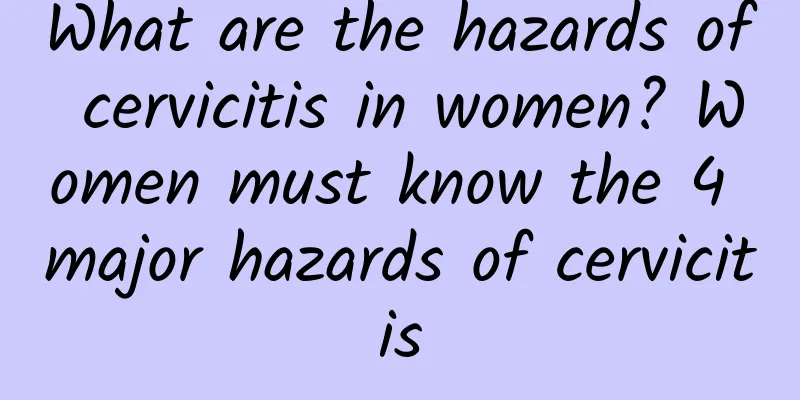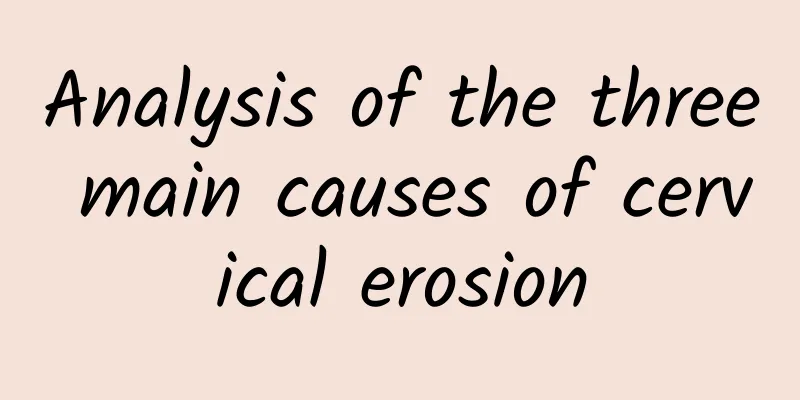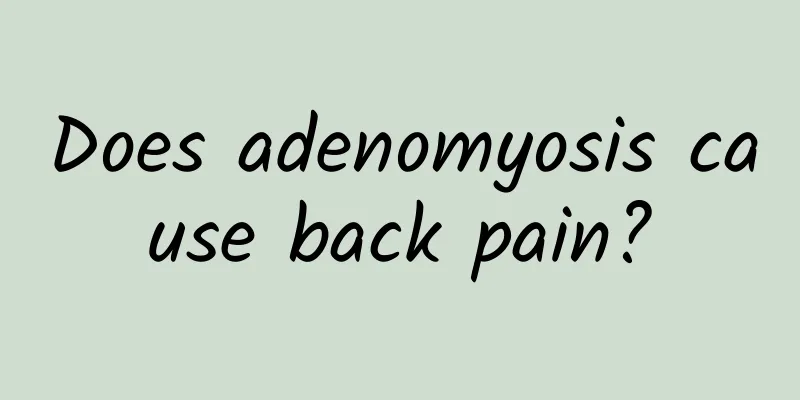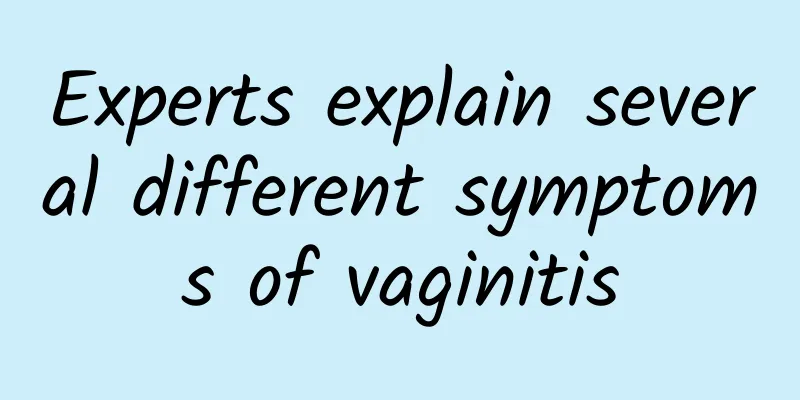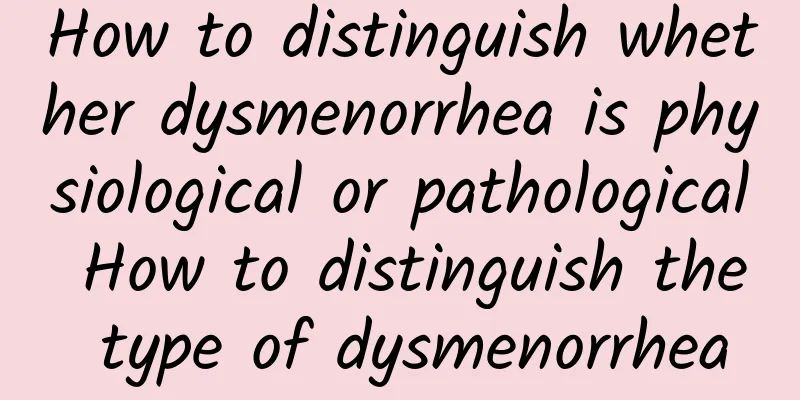What are the symptoms of uterine fibroids? How to prevent and treat uterine fibroids?
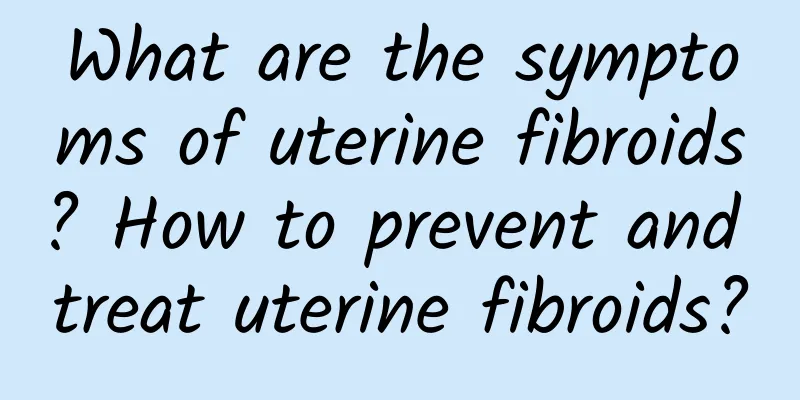
|
Uterine fibroids are common benign tumors in the female reproductive system, mainly occurring in women aged 30-50 years old. Uterine fibroids usually stop growing after menopause. The occurrence of uterine fibroids is closely related to ovarian endocrine disorders and estrogen metabolism, especially in the case of only estrogen and no progesterone. Uterine fibroids are spherical solid tumors composed of uterine smooth muscle and collagen fiber proliferation. Its common symptoms are: vaginal bleeding, menorrhagia, prolonged menstruation with secondary anemia. When the fibroids are larger, the patient may feel or touch a lump in the lower abdomen. Compression or traction on the bladder may cause frequent urination. Compression of the rectum may cause constipation. Compression of the pelvic cavity may cause back pain. Because it compresses the fallopian tubes and affects the combination of sperm and egg, it can lead to infertility after marriage. If it is in the middle and late stages of pregnancy, the fetus may be in an incorrect position due to uterine fibroids, affecting uterine contraction and easily leading to premature birth. For uterine fibroids in elderly women, we should be alert to malignant changes. If the fibroids increase rapidly in a short period of time and are accompanied by uterine bleeding, especially after menopause, the fibroids will not only not shrink, but will continue to increase. At this time, we should be alert to malignant changes. Young women with fertility requirements and unobstructed fallopian tubes are often reluctant to undergo surgery. According to the nature of uterine fibroids, Tumor Ke (special type of gynecology) applies tumor-eliminating drugs to the lower abdomen and navel (Shenque acupoint), which is like an invisible scalpel to soften the tumor, shrink and disappear. No surgery can play the role of surgery, no pain, no trauma, and no recurrence. Therefore, it is a new method for treating uterine fibroids. Hard nodules. The boundary between the nodules and the surrounding tissues is unclear, there is no adhesion to the skin and pectoral muscle fascia, and they can be moved. The axillary lymph nodes are not swollen. Patients often feel breast pain, especially before menstruation. Sometimes a small amount of yellow-green, brown or blood flows out of the nipple. Breast cystic hyperplasia develops slowly and lasts for several years. |
<<: Symptoms of uterine fibroids: Can most patients with uterine fibroids get pregnant?
>>: Symptoms and complications of serosal uterine fibroids
Recommend
What are the symptoms of vaginitis during menarche?
Many people must know or understand the disease o...
30 years old is the high-risk age for uterine fibroids
Women over 30 are at high risk of uterine fibroid...
What are the complications of premature ovarian failure?
What are the complications of premature ovarian f...
Can drinking beer with edamame speed up the metabolism of alcohol and help sober you up? Professor Wang Jinkun: Preventing drunkenness and curing hangovers are very different
When the weather is hot, some people like to have...
What medicine will the doctor prescribe after a woman has an abortion? How long should the doctor take the medicine prescribed after the abortion?
You should also take good care of your body durin...
Get rid of edema-type obesity! Drink wax apple fresh orange juice
[Edema] Main fruits and vegetables for edema: wat...
What to do with pelvic adhesions? Treatment through hysteroscopy
Pelvic adhesions can be treated with hysteroscopy...
What are the most common symptoms of adnexitis?
Among the many gynecological diseases, I believe ...
What are the typical symptoms of cervical erosion?
Cervical erosion is a common gynecological diseas...
Childhood Obesity Decoded! Genetic testing and symptomatic treatment
Obesity is not a disease, but it is the root of a...
Can I get pregnant with a uterine cyst?
Whether to keep the fetus after pregnancy with ut...
Analysis of the two main causes of irregular menstruation
Menstrual irregularity refers to various abnormal...
Women should pay attention to the causes of adnexitis
At present, the incidence of adnexitis is increas...
What is the difference between cervicitis and cervical erosion in women? How to prevent cervical erosion and cervicitis?
In life, cervical erosion is the "darling&qu...
Infertility after one year of marriage was caused by ovarian cysts
Ms. Chen is 25 years old and has been married for...
